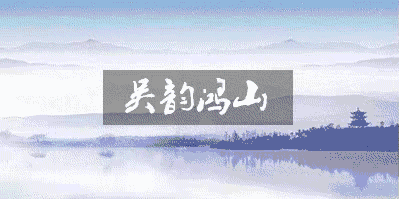 |
|
With a planning area of 17.25 square kilometers, Wuxi Hongshan Tourist Resort boasts rich tourism resources. [Photo/bbs.wst.cn] |
Wuxi Hongshan Tourist Resort was approved by the Jiangsu provincial government on Oct 25. With a planning area of 17.25 square kilometers, Wuxi Hongshan Tourist Resort boasts rich tourism resources.
The resort, through which the 3,200-year-old Taibo Canal passes, not only has historic and cultural resources at national level, such as the Three Tais and One Site (Taibo Canal, Taibo Tomb, Taibo Temple and Hongshan Site) as well as Qian Mu and Qian Weichang's former residences, but is also endowed with rich natural resources and a high proportion of pleasant water areas, such as Lianghong Wetland Park, and large areas of fertile land. Hongshan Tourist Resort will be developed into a tourist town run by the internet of things, characterized by the culture of Wu, recreational agriculture and natural landscapes.
 |
|
Lianghong Wetland Park integrates natural wetlands with rustic charm, attractive water culture and pristine pastoral scenery. [Photo/bbs.wst.cn] |
Lianghong Wetland Park
Located inside the Exhibition Park of Chinese Wu Culture in Wuxi's Xinwu district, Lianghong National Wetland Park is close to Taibo Canal and bordered by Cao Lake in the east and Wangyu River in the south. It is named after the legend of Liang Hong and Meng Guang, who, after their marriage, treated each other with great courtesy.
The park integrates natural wetlands with rustic charm, attractive water culture and pristine pastoral scenery. Tourists are able to feel relaxed enjoying an abundance of rivers, lakes and lush green vegetation, with boats gently swaying on the water and birds flying above.
Visitors can row boats, learn the soft Suzhou dialect, listen to local folk songs and appreciate the scenery. Tourists can also trace the clues of the historic story of Taibo, the ancestor of Jiangnan who regulated the rivers and watercourses, and the love story of Liang Hong and Meng Guang by traveling overland and experiencing Wu culture in Lianghong Wetland, including its water conservancy, farming, old bridges, romantic tales and farming life.